Vaonis Vespera - First Experiences
Introduction | First Visited Sky Objects | First Observation Experiences | First Usage Notes | First Conclusions | Links || Appendix: Comparisons
Archive
On this page, I describe my very first experiences with my electronic 2" refractor telescope Vaonis Vespera 50 mm/200 mm (f/4) (I received my Vespera telescope on July 29, 2022).
Notes:
- See also page Vaonis Vespera - Information.
- See also page Vaonis Vespera - FAQ.
- See also page Vaonis Vespera - First Conclusions (after about half a year)
Note: In June 2024, I sold my Vaonis Vespera smart telescope. I therefore cannot report any further experiences with it here. |
Introduction
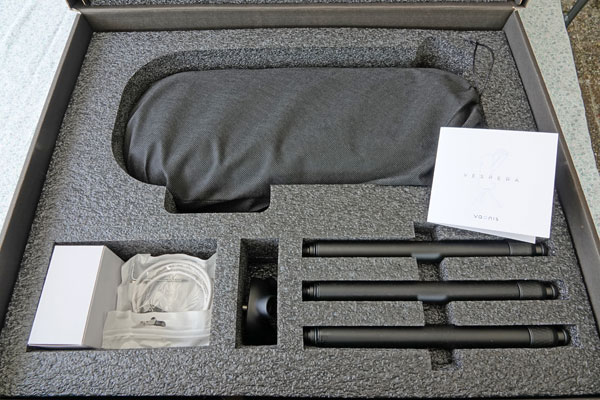 |
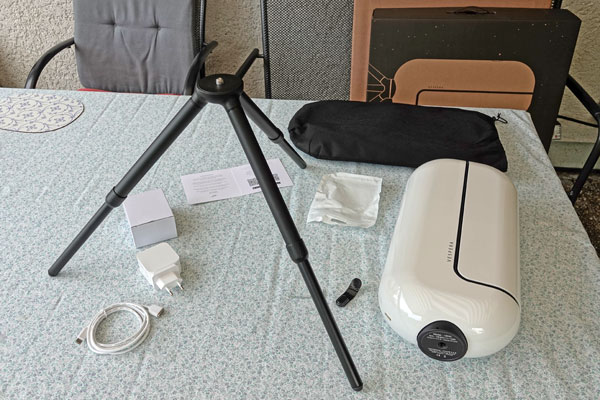 |
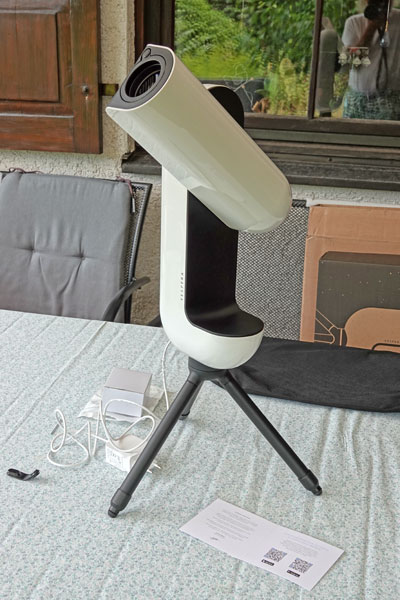 |
Photo: My Vaonis Vespera (end of July 2022)
Vespera is the second telescope that the French company Vaonis develops. For this purpose, Vaonis started a Kickstarter campaign on October 1, 2020, which I backed very early to get an early-bird offer - and I succeeded. I learned about this campaign because Vaonis contacted me personally. The campaign ended successfully at October 31, 2020 (2,163 backers, 2,559,952 $, even a little more successfully then eVscope with 2,144 backers and 2,209,270 $). Since the funding goal was reached, the development of the telescope could go on (see the project schedule below), until finally the mass production began. Delivery of the telescope was scheduled for Christmas 2021, but only 400 samples were delivered to the Unites States. I had to wait until the end of July 2022 (Jul 29).
First Visited Sky Objects
Here I list the deep sky objects that I observed and photographed initially with the Vaonis Vespera:
- July 29, 2022: M 13, M 16, M 27, M 51, M 82, M 92, M 101
- July 30, 2022: M 10, M 12, M 13, M 14, M 57, M 81
- July 31, 2022: M 3, M 5, M 11, M 13, M 16, M 17, M 27, M 56, M 71, M 81/82, NGC 6960, NGC 6992, NGC 7000, IC 1396 (not recognized)
- August 4, 2022: M 51, 13, M 51, M 27
- August 6, 2022: M 13, M 3, M 5, NGC 6633, M 27, (M 29), (M 39), M 16, M 51, (NGC 7000)
- August 7, 2022: CR 399, (M 16), M 51, M 101
- August 12, 2022: M 13, M 82, M 81/82, M 31, M 32, NGC 884/869, NGC 7789, NGC 6960, M 27, NGC 6992, NGC 457
Only in rare cases, I followed the Vaonis recommendation for the observation time, because I was too curious and wanted to observe as many sky objects an possible.
First Observation Experiences
In the following I describe my very first experiences with the Vaonis Vespera from the first 3 observation sessions (Mühlhausen/Kraichgau).
First Observation Evening (July 29, 2022)
I received my Vespera on July 29, 2022 and was able to observe and photograph a number of celestial objects in the evening despite constantly changing clouds. I placed the Vespera on its extendable tripod that it came with. But because of less stability, I did not extend the tripod legs. I do not even know if you are allowed to move the tube of the Vespera by hand; once I had done that for photos, but normally the Vespera extends the tube automatically when initializing. Overall, the Vespera seems more "automated" than the eVscope - and everything takes a bit longer (which takes some getting used to...). I operated the Vespera via the Singularity app from Vaonis, which I ran on my iPad (I also installed Singularity on one of our iPhones). So at first it was a matter of me, who was used to the Unistellar app, adjusting to Vaonis' Singularity app. I got to grips with the app pretty quickly, though.
Initially, the clouds were moving so fast that I was not able to properly photograph the first two targets, M 51 and M 13, because the stacking did not get past the first photo due to the clouds. Later, however, I was able to photograph both objects again. "Photographing" takes longer than with the eVscope, or more accurately, it takes longer to see a "respectable" image on the screen. Typically this takes about 5 minutes, but for some objects it can take 10-15 minutes. And to get good photos, you might have to expose for half an hour to 2 hours, depending on the object, or you simply follow Vaonis' guidelines. But I have not tried such long times yet because of the clouds and my impatience.
Observation order: M 51, M 13, M 82, M 13, M 27, M 51, M 16, M 101, M 92; SQM about 20 at midnight
At first I did not get usable photos of M 51 and M 13 because of the clouds, afterwards all approached objects were "recognizable". Some objects, like M 81, were not found, probably because our house was in the way. And there comes already a first point: It is difficult for me with the Vespera to recognize whether disturbing objects are in the image field. Since the corresponding photos are "sorted out" and do not end up on the stack, I do not even see that/if something is in the way!
Photos
The following unprocessed photos were taken on July 29, 2022 and are the last manually saved photos of an observation (e.g. of M 13):
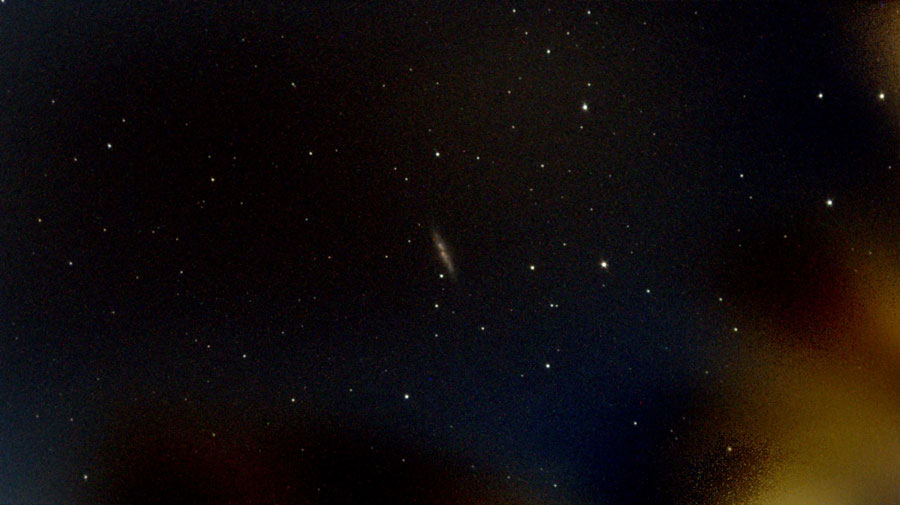 |
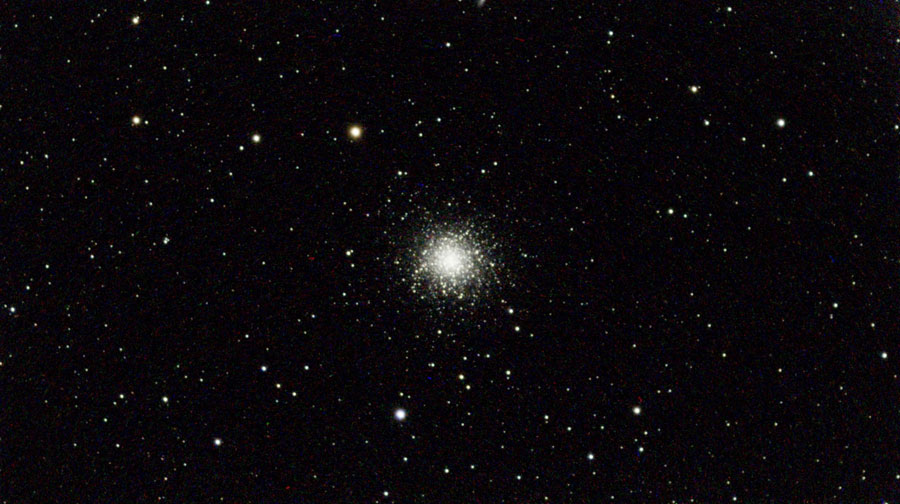 |
|
M 82 - original (12 frames = 120 seconds; obstacles) |
M 13 - original (20 frames = 200 seconds) |
|
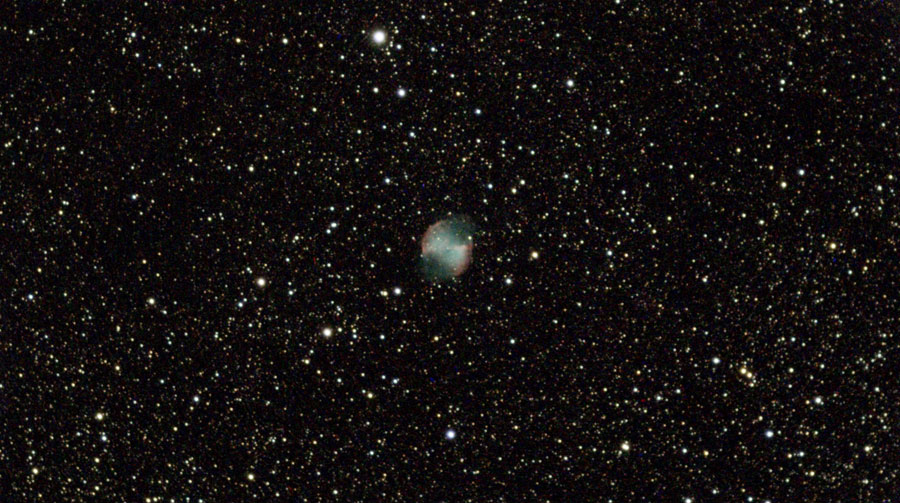 |
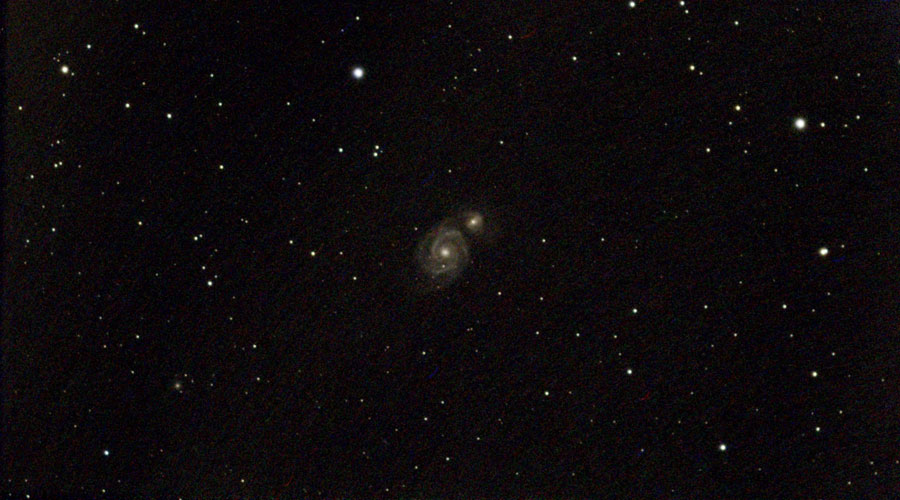 |
|
M 27 - original (29 frames = 290 seconds) |
M 51 - original (59 frames = 590 seconds) |
|
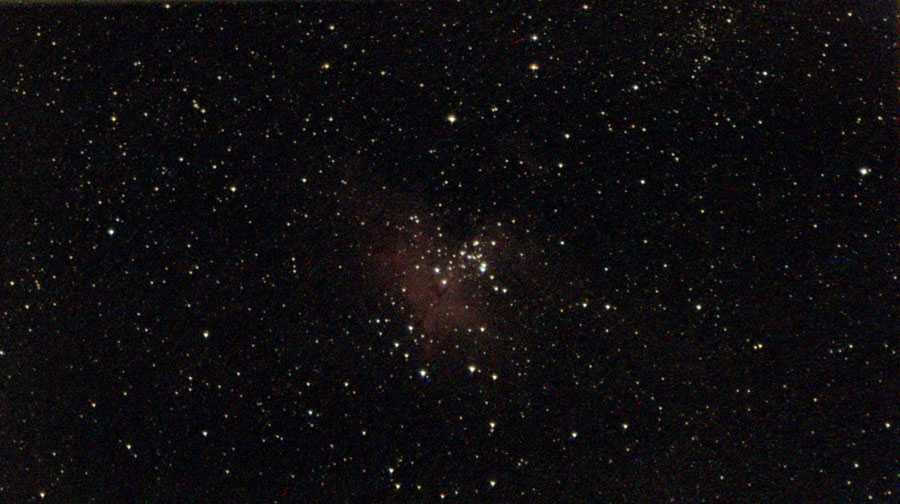 |
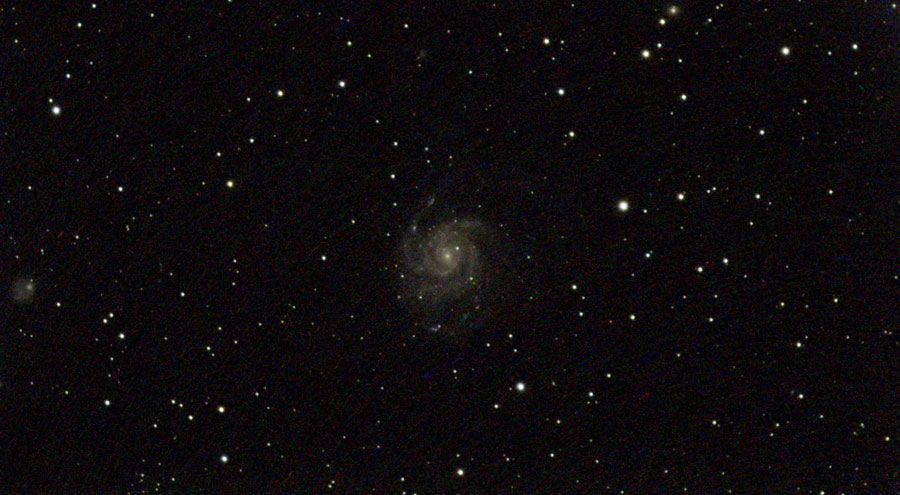 |
|
M 16 - original (29 frames = 290 seconds; Wolken) |
M 101 - original (82 frames = 820 seconds) |
|
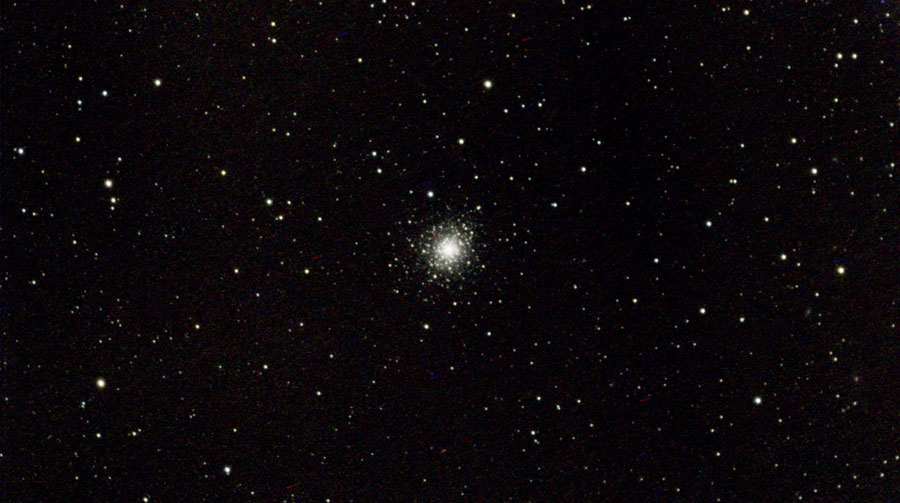 |
||
M 92 - original (29 frames = 290 seconds) |
Note: The frames/seconds were taken from the EXIF data.
In view of these results, I was not yet very enthusiastic. But I also stacked shorter than Vaonis recommends in all cases. In addition, the sky was not really ideal with a SQM of 19 to 20; for a darker sky, I would have had to wait even longer with the observation.
Second Observation Evening (July 30, 2022)
On July 30, 2022, i.e. the next evening, it did not look at all like a cloud-free sky at first. Nevertheless, I had put out the Vespera, and indeed later gaps appeared appeared in the cloud, which were sufficient for observations. At M 13, I was even able to try the suggested 15 minutes observation time (90 frames at 10 seconds each).
Observation order: M 81, M 13, M 81, M 109 (not found), M 10, M 12, M 14, M 57; SQM not measured.
Photos
The following unprocessed photos were taken on July 30, 2022 and are the last automatically saved photos of an observation:
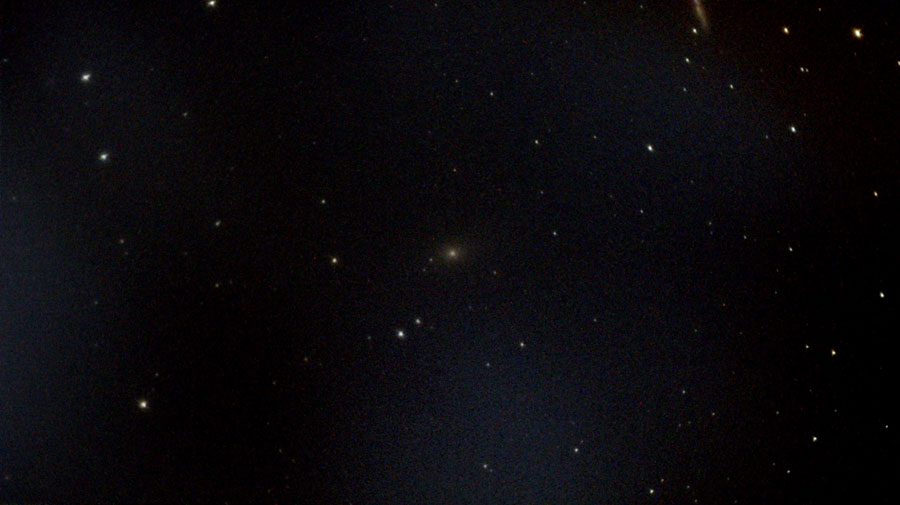 |
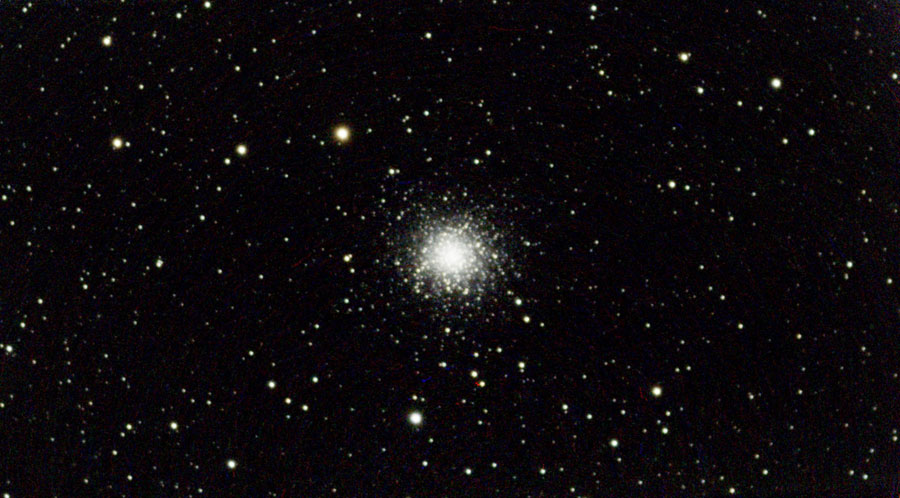 |
|
M 81 - original (18 frames = 180 seconds) |
M 13 - original (89 frames = 890 seconds) |
|
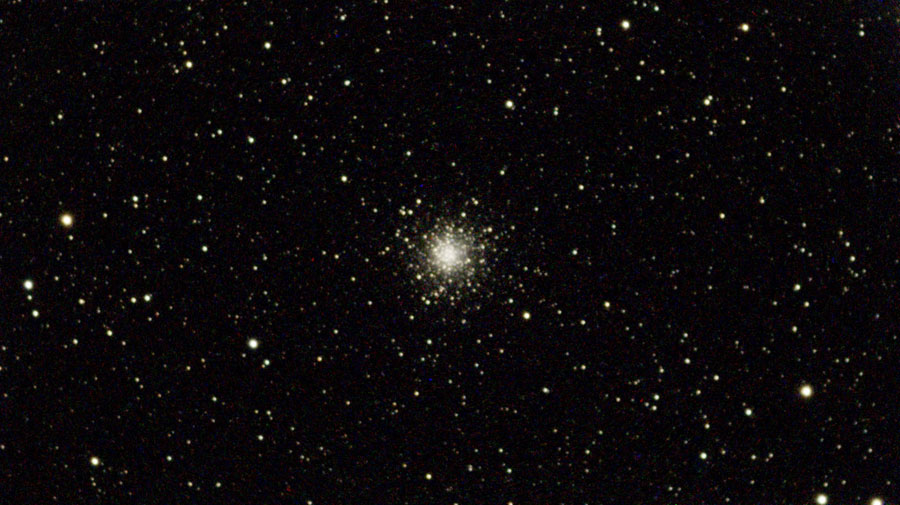 |
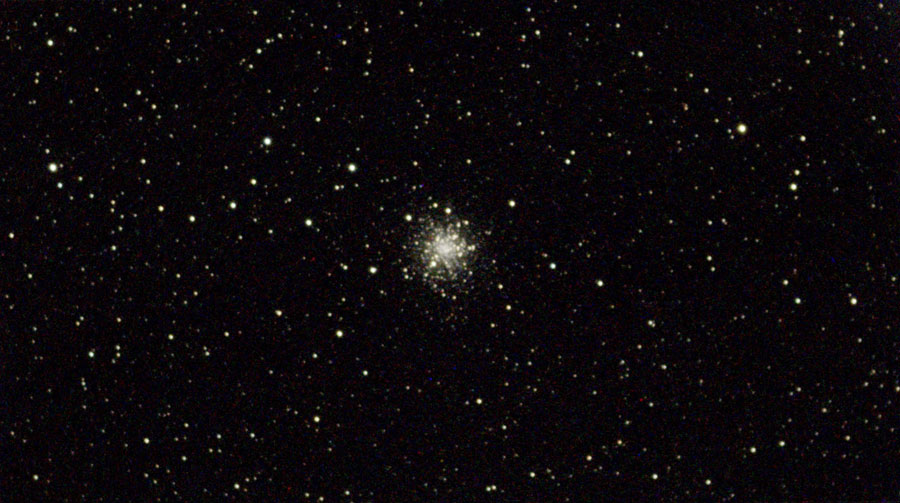 |
|
M 10 - original (30 frames = 300 seconds) |
M 12 - original (29 frames = 290 seconds) |
|
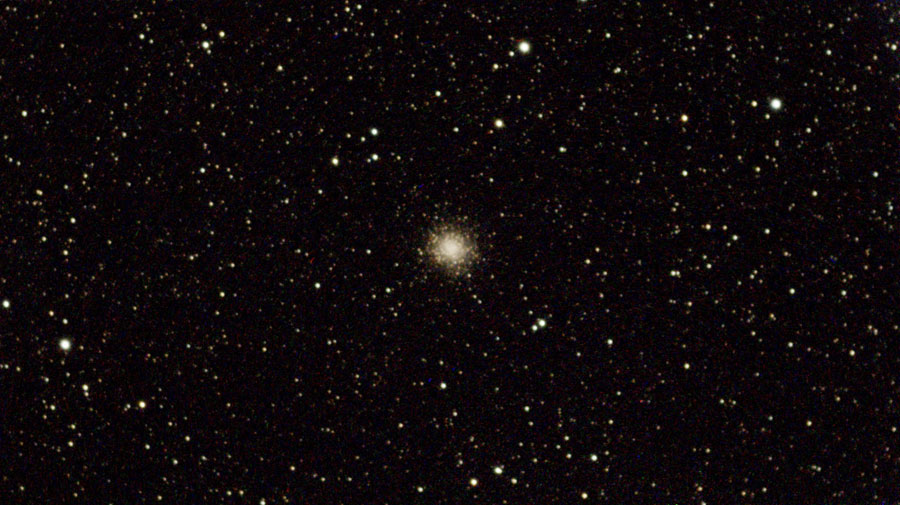 |
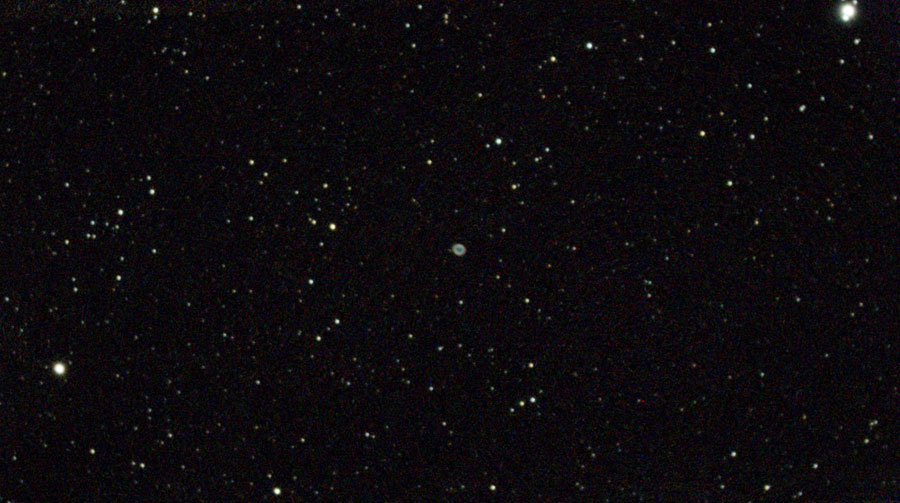 |
|
M 14 - original (29 frames = 290 seconds) |
M 57 - original (24 frames = 240 seconds) |
Note: The frames/seconds were taken from the EXIF data.
Third Observation Evening (July 31, 2022)
On July 31, 2022 the sky was almost free of clouds, and so was ablöe to test my Vespera for a third time.
Observation order: M 13, M 81/82, M 27, NGC 7000, NGC 6992, M 17, M 8 (obscured), M 5, M 11, M 51 (aborted), NGC 6960, M 16, M 3, M 71, M 56, IC 1396 (not visible); SQM 19-20
While observing M 81 I changed the cropping so that M 82 was not only visible at the edge, but better placed in the image (I had to learn first how this works...). M 8 was unfortunately obscured because it was too low on the sky. While observing M 11, I had Vespera adjust the autofocus again. A Stellina owner wrote me that he actually has to adjust the autofocus before each observation. The same seems to be true for the Vespera according to my impression, because many photos look slightly out of focus.
Photos
The following unprocessed photos were taken on July 31, 2022 and are the last automatically saved photos of an observation:
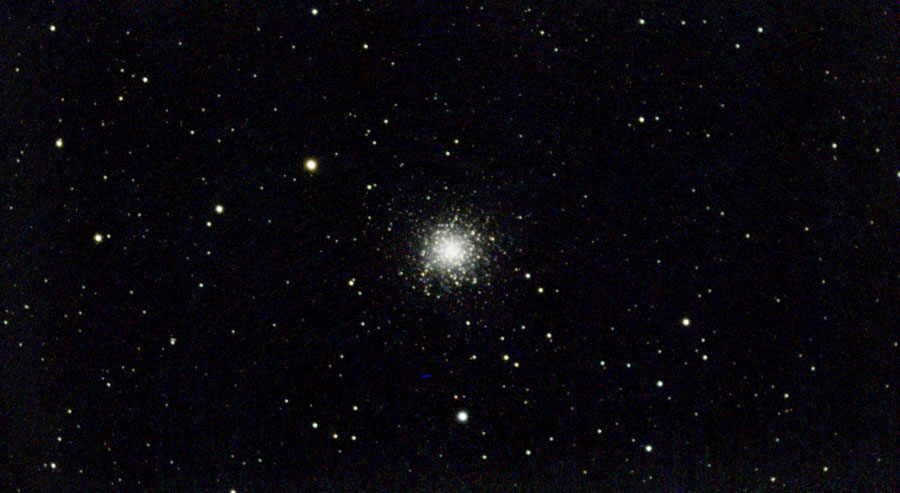 |
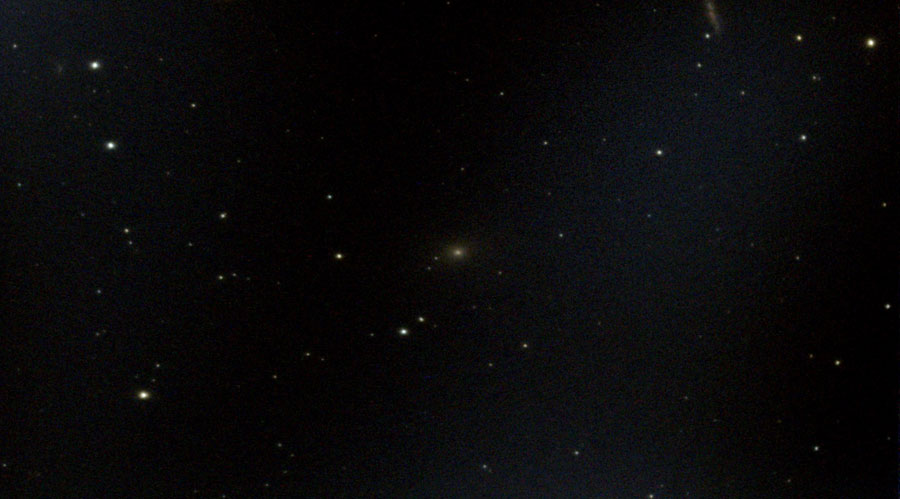 |
|
M 13 - original (60 frames = 600 seconds) |
M 81 - original (16 frames = 160 seconds; aborted and section changed) |
|
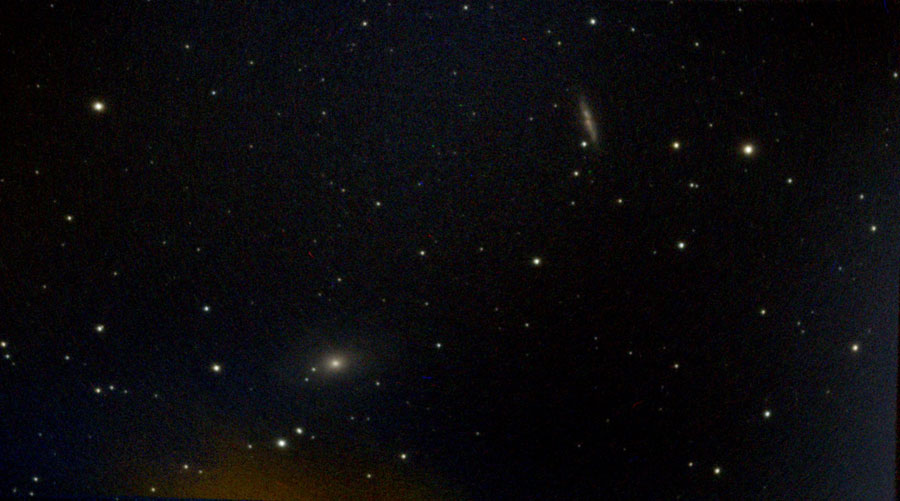 |
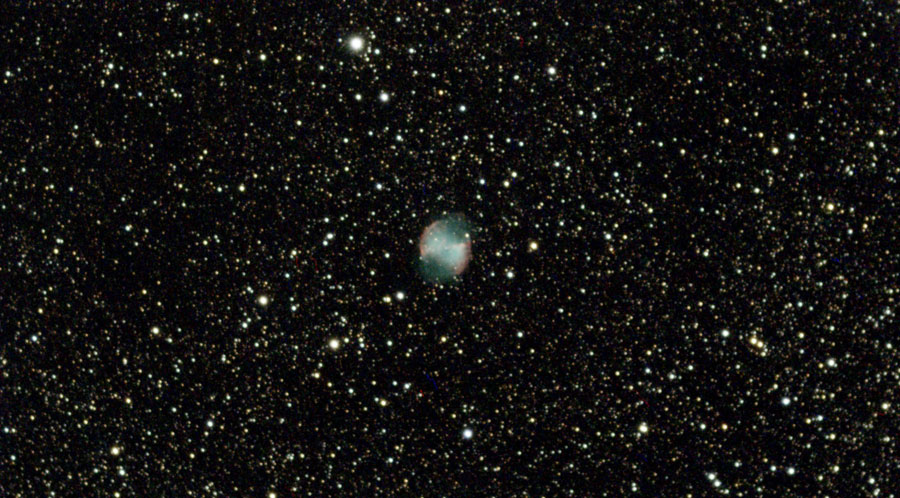 |
|
M 81/82 - original (59 frames = 590 seconds) |
M 27 - original (59 frames = 590 seconds) |
|
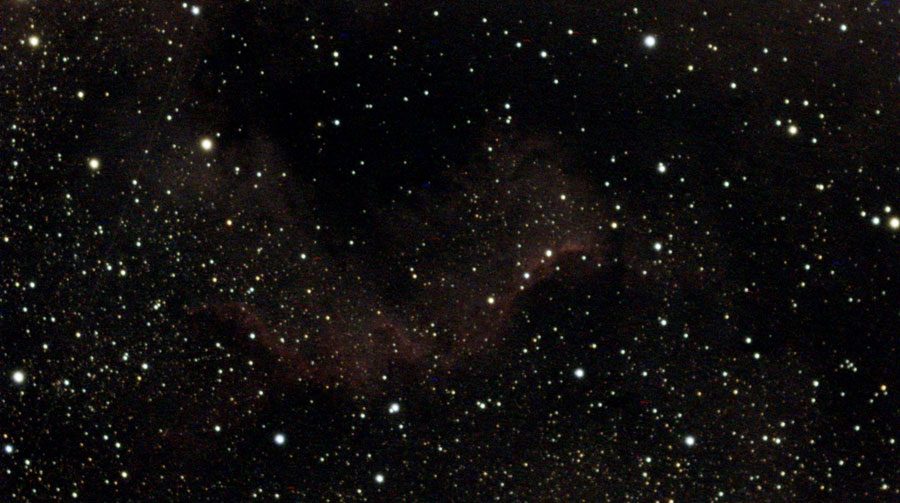 |
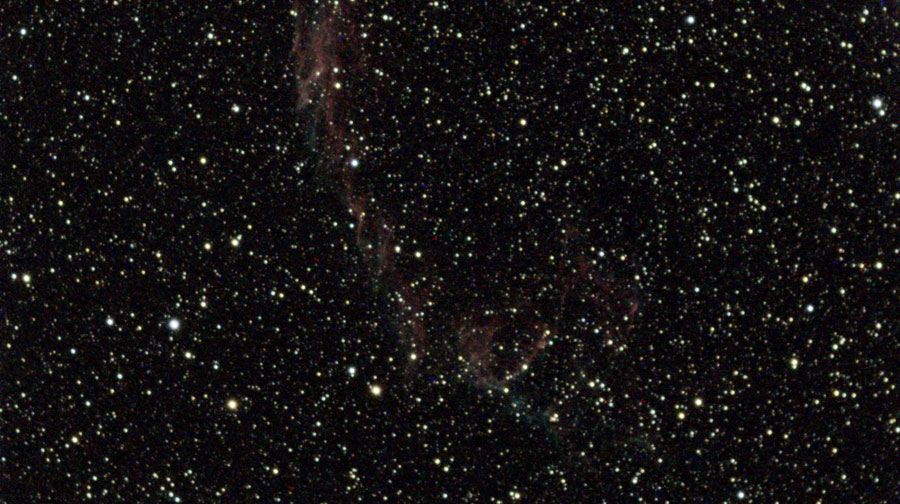 |
|
NGC 7000 - original (29 frames = 290 seconds) |
NGC 6992 - original (21 frames = 210 seconds) |
|
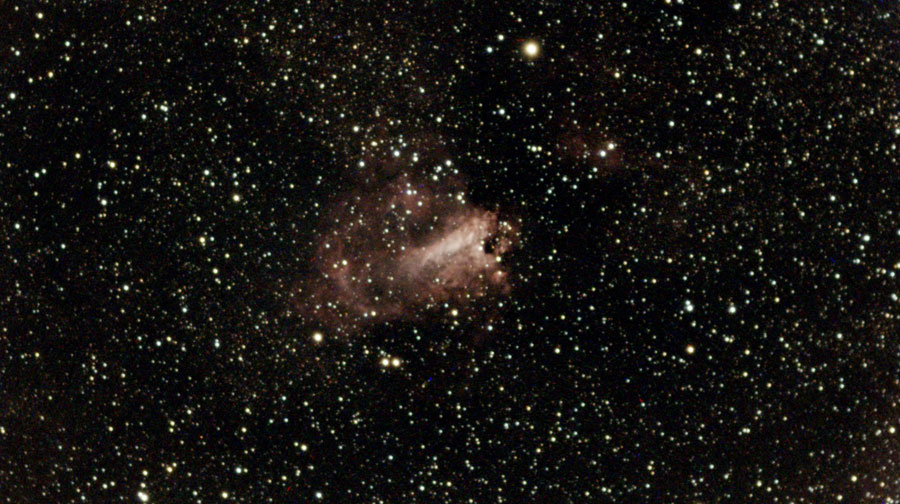 |
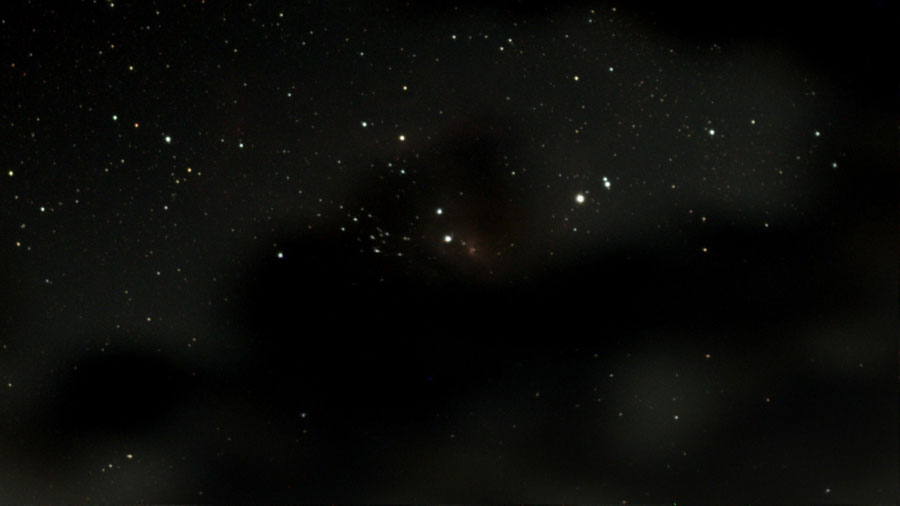 |
|
M 17 - original (29 frames = 290 seconds) |
M 8 - original (3 frames = 30 seconds; obscured) |
|
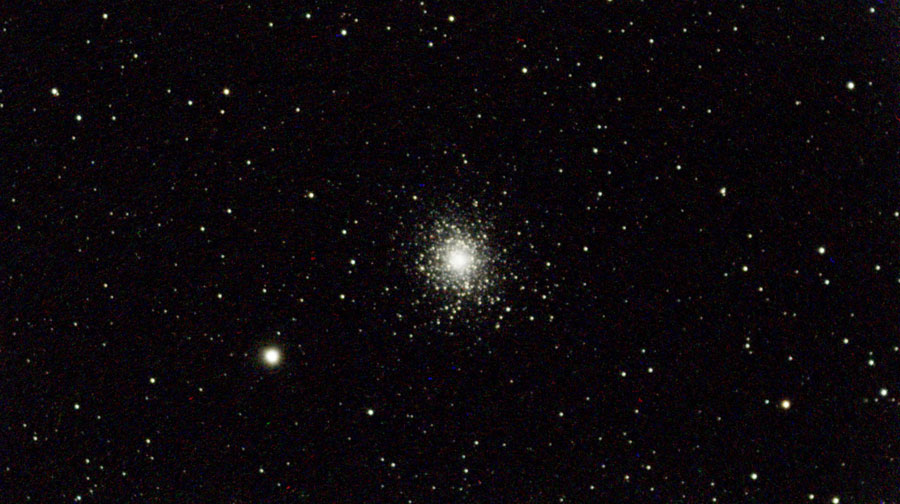 |
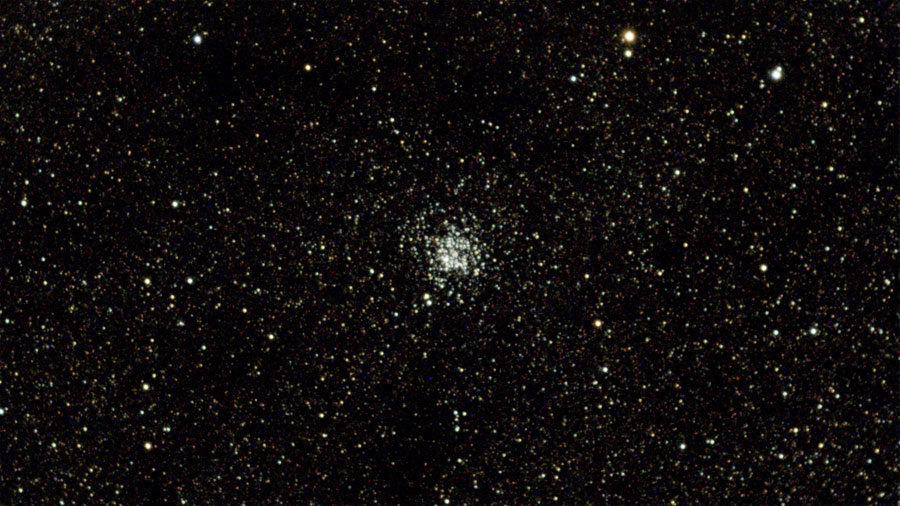 |
|
M 5 - original (29 frames = 290 seconds) |
M 11 - original (5 frames = 50 seconds; before updating the autofocus) |
|
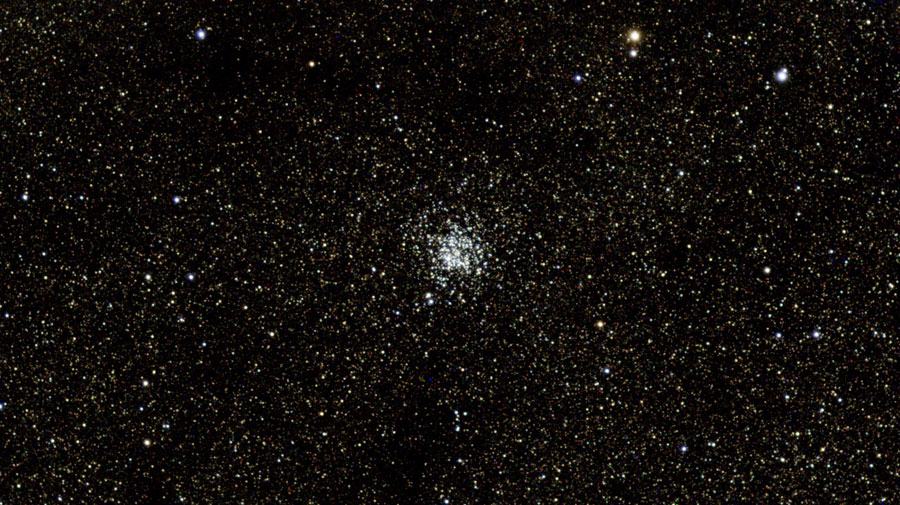 |
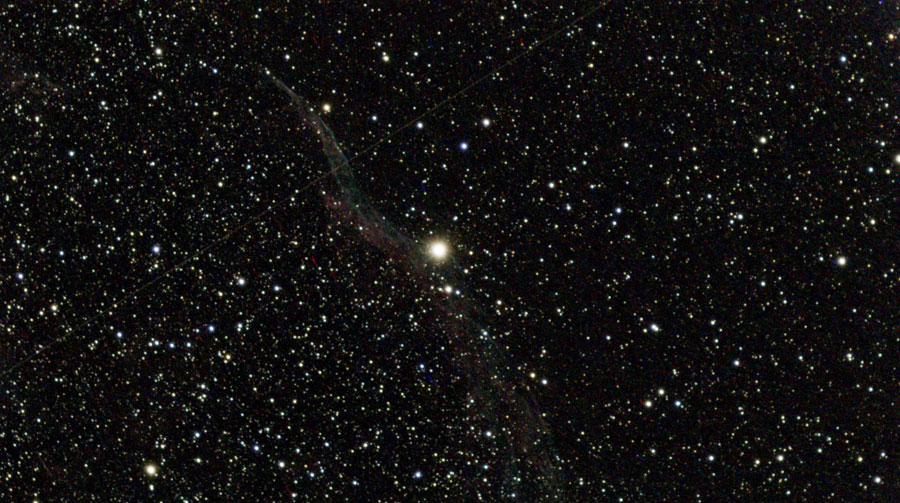 |
|
M 11 - original (18 frames = 180 seconds; after updating the autofocus) |
NGC 6960 - original (24 frames = 240 seconds) |
|
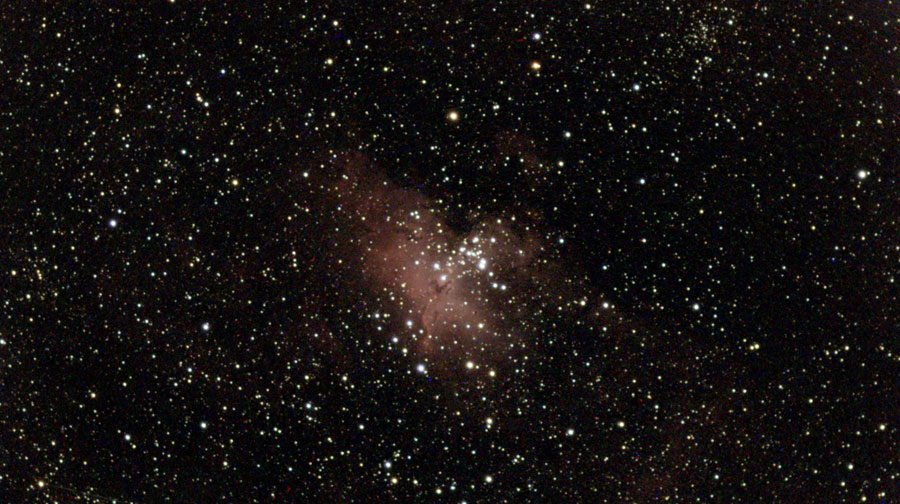 |
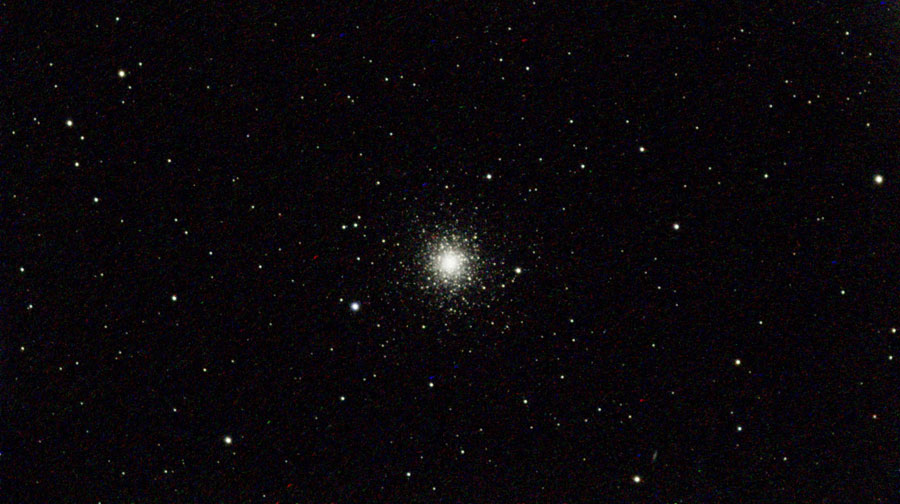 |
|
M 16 - original (29 frames = 290 seconds) |
M 3 - original (29 frames = 290 seconds) |
|
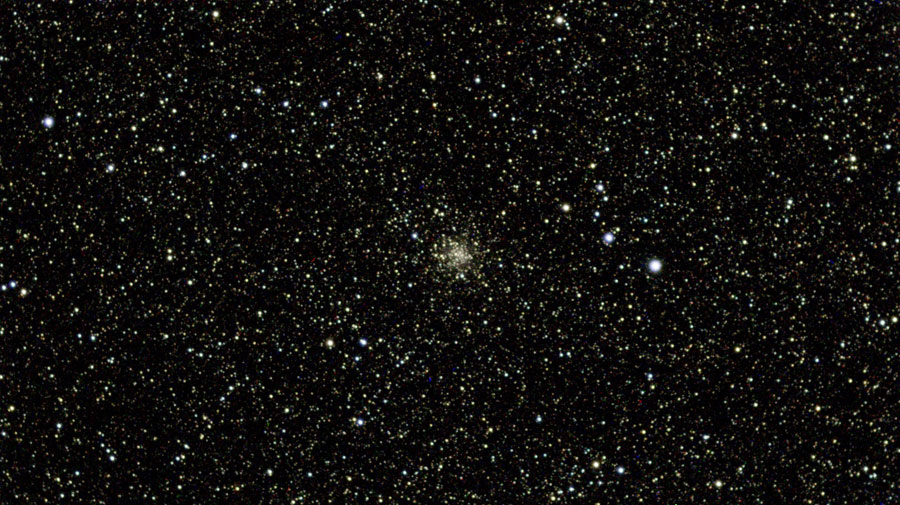 |
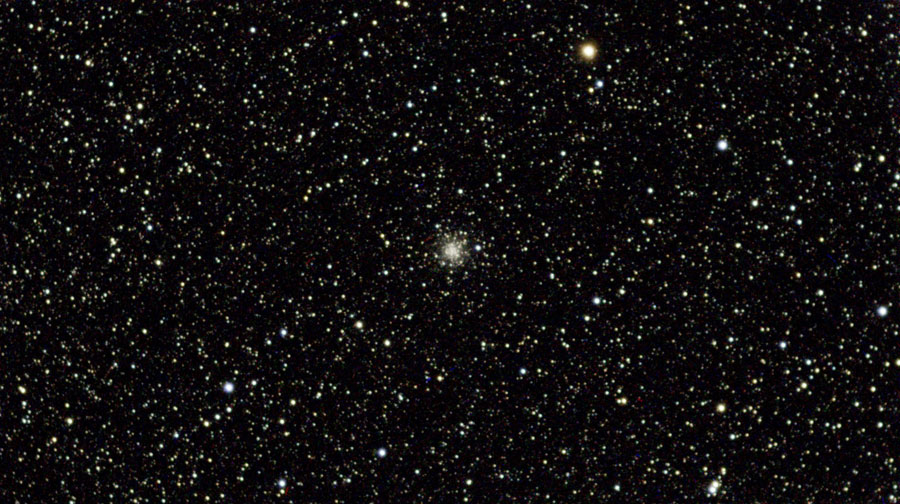 |
|
M 71 - original (12 frames = 120 seconds) |
M 56 - original (17 frames = 170 seconds) |
|
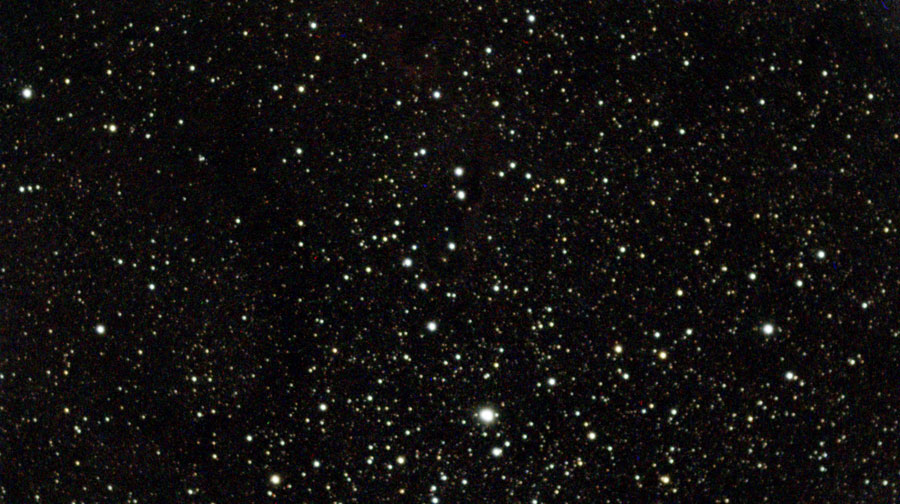 |
||
IC 1396 - original (17 frames = 170 seconds) |
|
Note: The frames/seconds were taken from the EXIF data.
Conclusions after the Observation Evenings in July (Mühlhausen)
While I was at least partially a bit disappointed by the results after the first observing session, I am now satisfied with the results that Vespera delivers. Obviously, the observing conditions were partly poor on the first evening due to fast appearing clouds (for example at M 16).
In difficult cases, like the North American Nebula (NGC 7000) and the Veil Nebula (NGC 6960/6992), I achieved more with the Vespera than with the eVscope right away; only the nebula IC 1396 (Elephant's Trunk) seems to remain out of reach for me.... And small objects like the Ring Nebula M 57 are especially tiny with the short focal length of Vespera!
I also pleasantly noticed that the Vespera does not show any discernible amp glow like, for example, the original eVscope.
I learned a few things during these first observations:
- You have to take care of the autofocus! It is adjusted at the beginning of the session and seems to get poorer over time. Thus, from time to time the autofocus needs to be adjusted in order to avoid fuzzy photos. I learned this from a Stellina user who wrote that it would best to update the autofocus before each observation. This takes, of course, some time, because the adjustment is slow...
- The stars seem to "grow" over time. This is probably due to the position variantions that occur over time and their effect seems to accumulate.
- It is hard to find out, whether clouds obscure the observed DSO. One might take binoculars to inspect the respective sky section, but often you do not know where exactly the observed object is located. One might learn the problems from the FITS images, provided, they are stored - but only afterwards, because you cannot access them during the observation. Since poor frames are not added to the stack, you do not know what is going on. You might only observe that the stack is not updated...
- I learned how to change the section, for example to get further objects into the frame. At first, I wondered how that would be possible without cursor keys. But then I found a special button on the capture screen for this function, where you can move the crop with your finger.
First Observations in Erkerode
In the following I would like to present briefly the following four observation sessions, which I carried out in Erkerode.
August 4, 2022
- Equipment: Vespera; iPad; SQM not measured
- Order: M 51, 13, M 51, M 27
- Poor results, sky to bright; got only a photo of M 51.
August 6, 2022
- Equipment: Vespera; iPad; SQM 18 at about 10:30 p.m. later up to 20
- Order: M 13, M 3, M 5, NGC 6633, M 27 (SQM 20, at 11:15 p.m.), M 29, M 39, M 16 (SQM 20.4 at 11:40 p.m.), M 51, NGC 7000
- M 29, M 29, NGC 7000 not stacked; for other objects, many frames were not added to the stack (clouds?).
August 7, 2022
- Equipment: Vespera; iPad; SQM 18 at about 10:30 p.m., later up to 20.4
- Order: CR 399, M 16 (3 attempts, M 16 was obscured), M 51 (> 20 min), M 101 (> 30 min)
- CR399 nearly fits the FOV; M 16 was obscured; M 51 and M 101 were exposed longer (M 51 even longer than recommended); all in all, the sky conditons were better than on the two nichts before.
August 12, 2022
- Equipment: Vespera; iPad; SQM up to 19.4, later decreasing (full moon)
- Order: M 13, M 82, M 81/82, M 31, M 32, NGC 884/869, NGC 7789, NGC 6960, M 27, NGC 6992, NGC 457
- Focus renewed for NGC 884/869 and NGC 457; framing changed for M 82 to include M 81
Photos
The following unprocessed photos were taken in August, 2022 at the four dates listed above and are the last automatically saved photos of an observation:
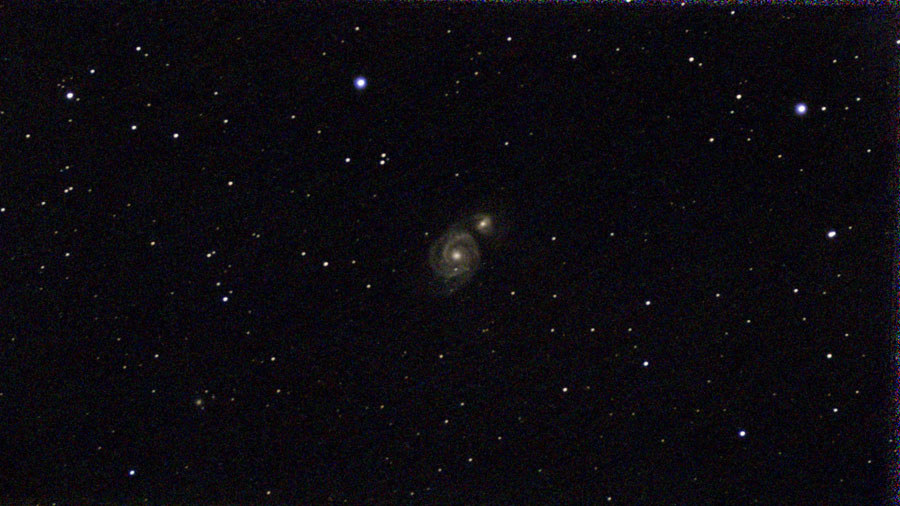 |
 |
|
M 51, Aug 4, 2022 - original (61 frames = 610 seconds) |
M 3, Aug 6, 2022 - original (30 frames = 300 seconds) |
|
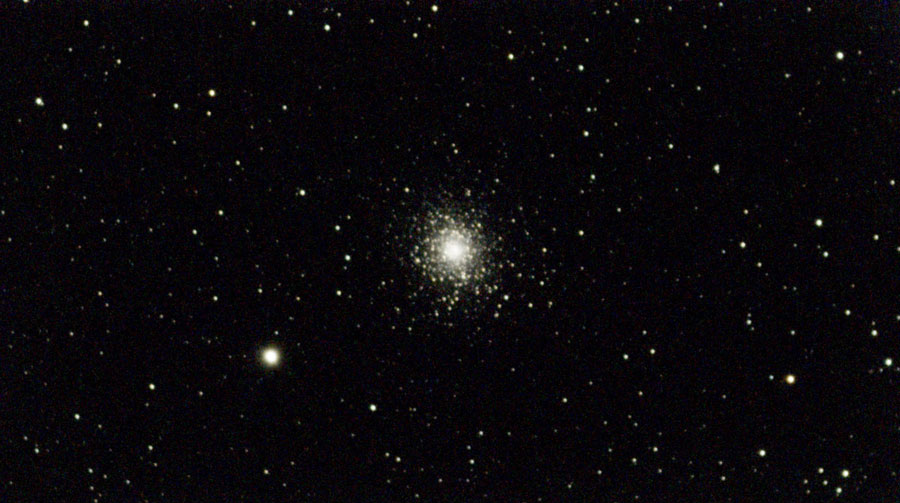 |
 |
|
M 5, Aug 6, 2022 - original (30 frames = 300 seconds) |
M 13, Aug 6, 2022 - original (40 frames = 400 seconds) |
|
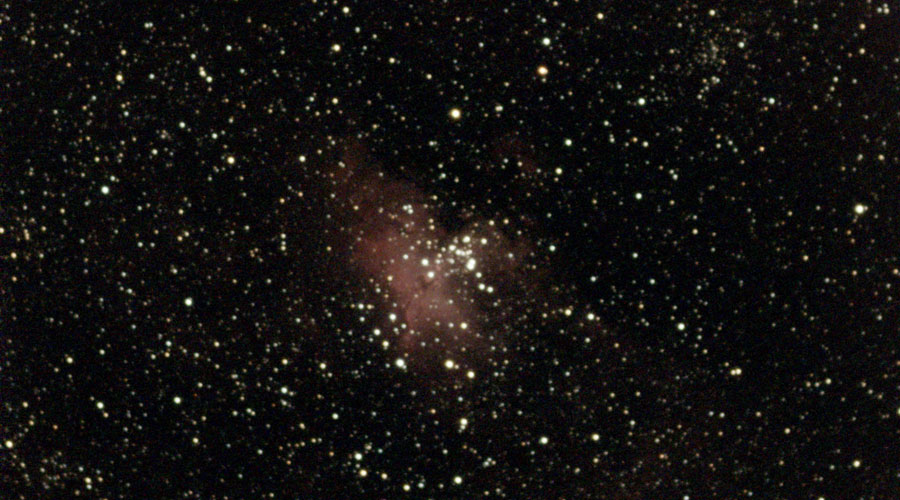 |
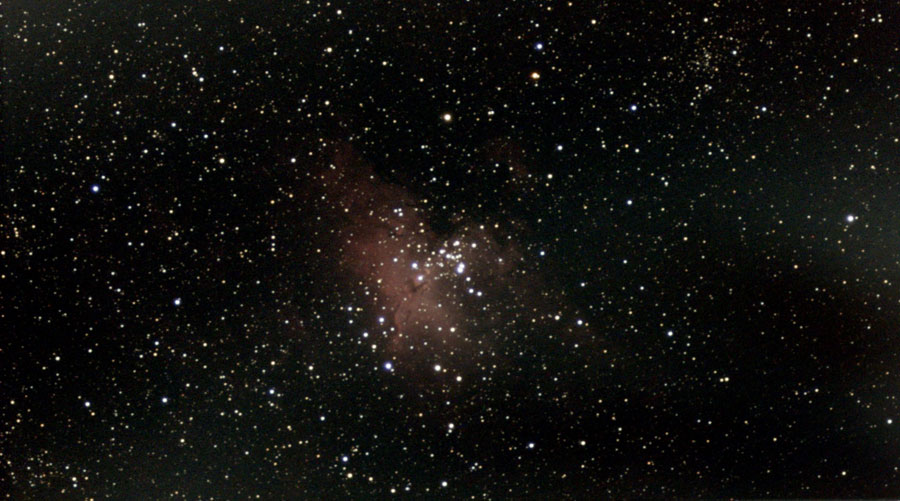 |
|
M 16, Aug 6, 2022 - original (18 frames = 180 seconds) |
M 16, Aug 6, 2022 - original (35 frames = 350 seconds), new autofocus |
|
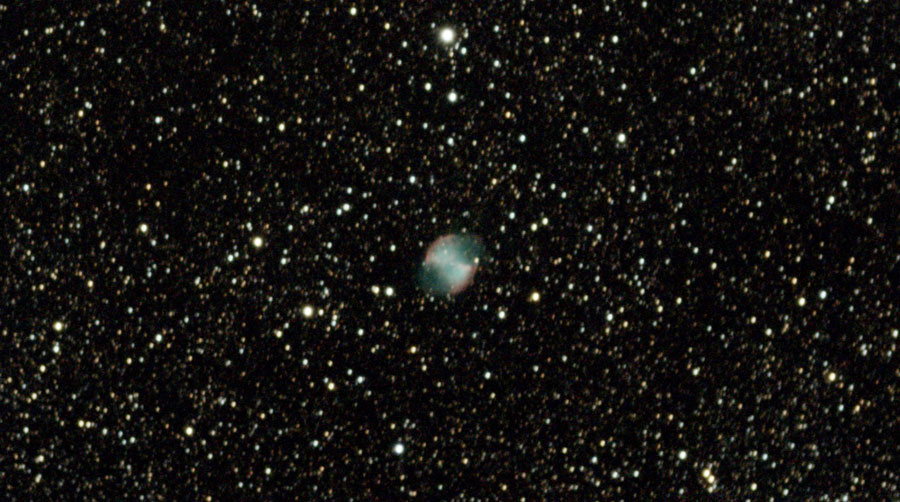 |
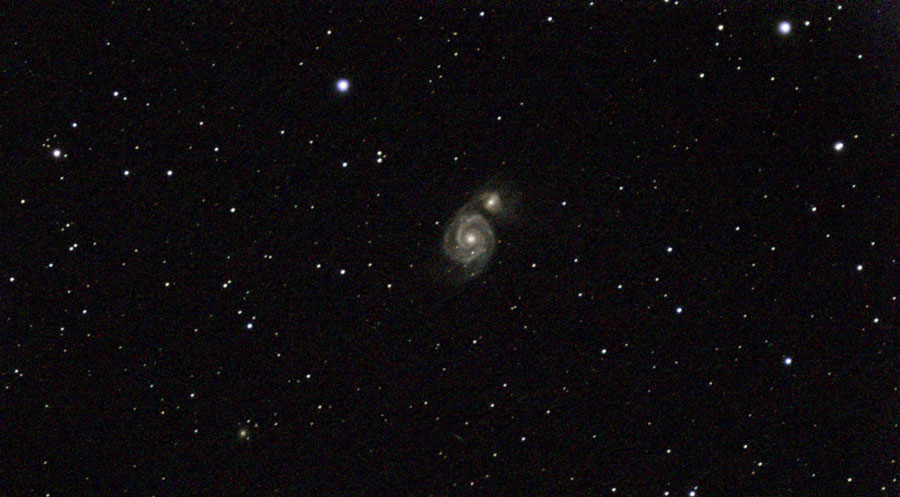 |
|
M 27, Aug 6, 2022 - original (23 frames = 230 seconds) |
M 51, Aug 6, 2022 - original (31 frames = 310 seconds) |
|
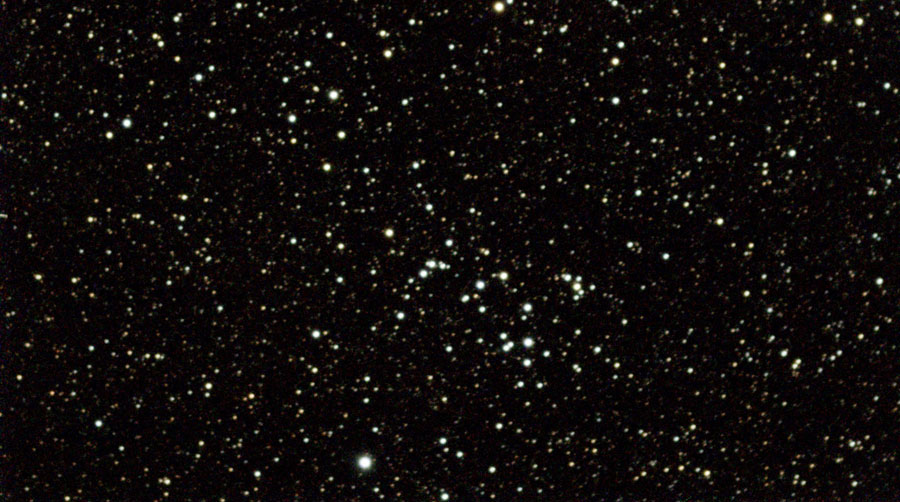 |
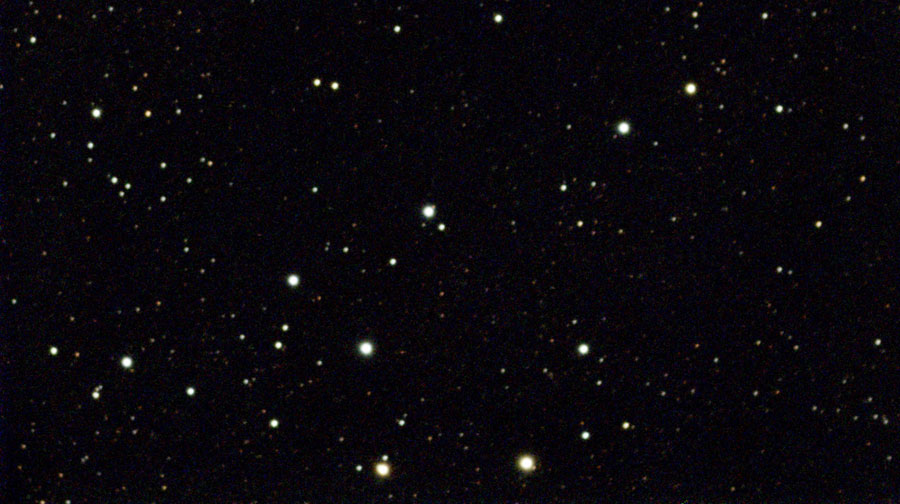 |
|
NGC 6633, Aug 6, 2022 - original (17 frames = 170 seconds) |
CR 399, Aug 7, 2022 - original (17 frames = 170 seconds) |
|
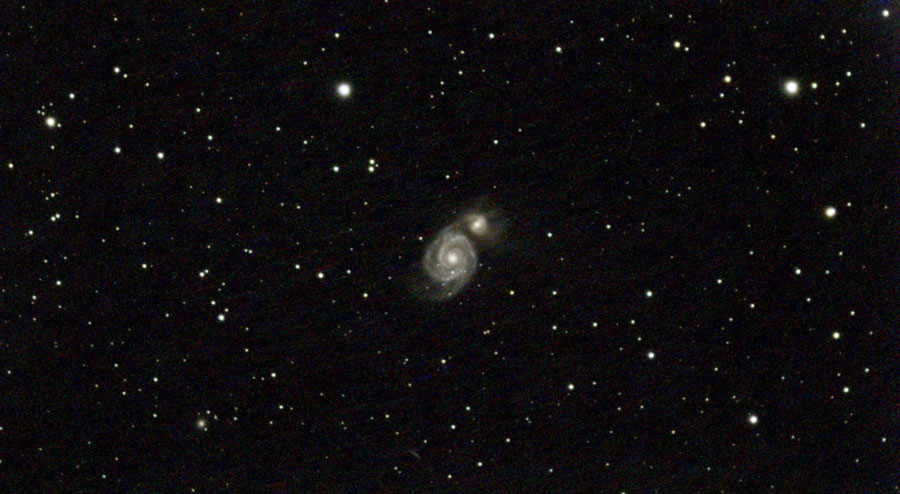 |
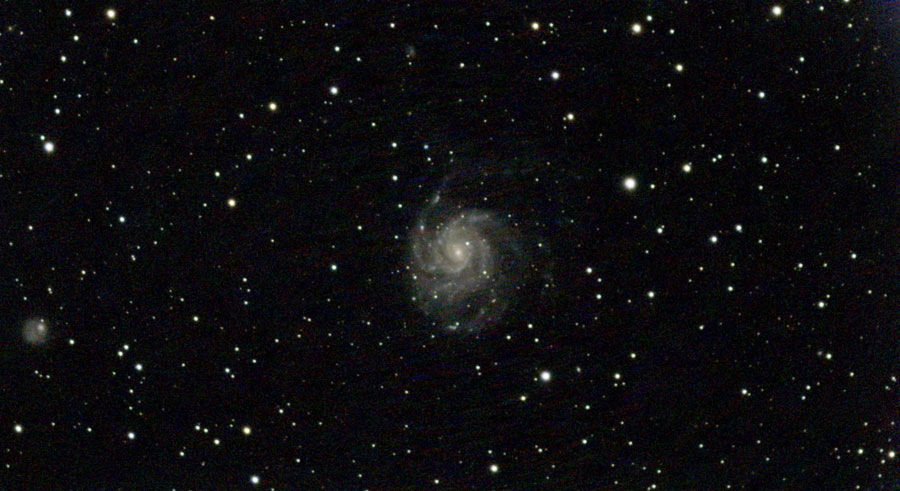 |
|
M 51, Aug 7, 2022 - original (122 frames = 1220 seconds) |
M 101, Aug 7, 2022 - original (191 frames = 1910 seconds) |
|
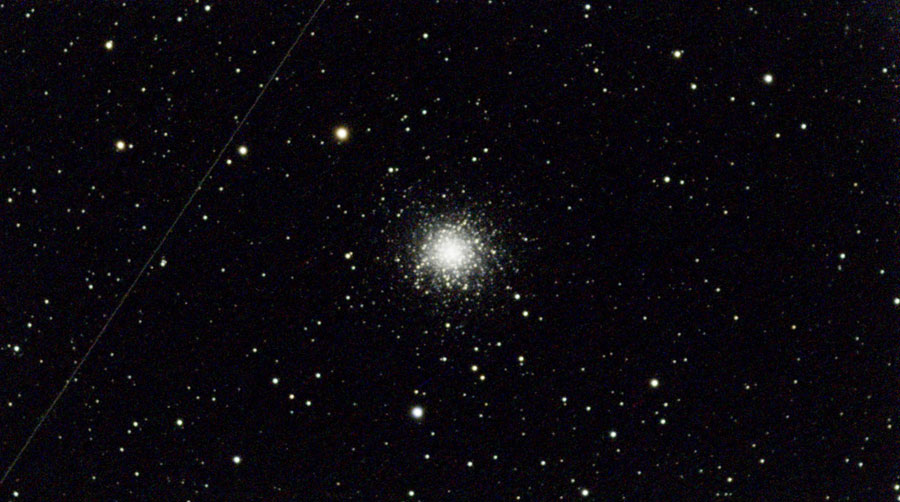 |
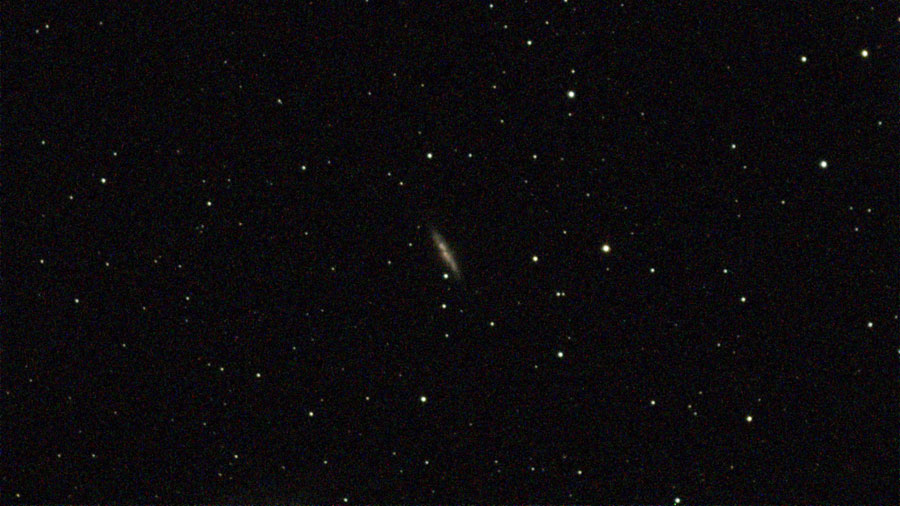 |
|
M 13, Aug 12, 2022 - original (30 frames = 300 seconds) |
M 82, Aug 12, 2022 - original (3 frames = 30 seconds) |
|
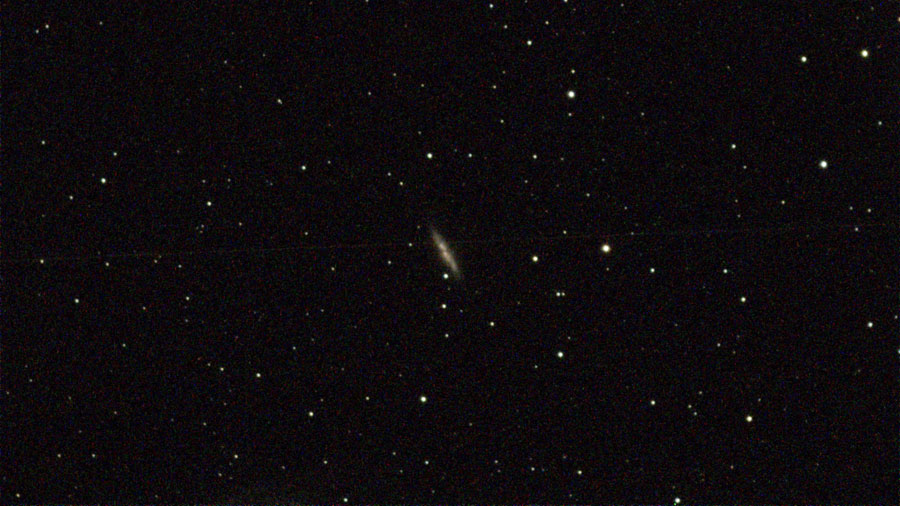 |
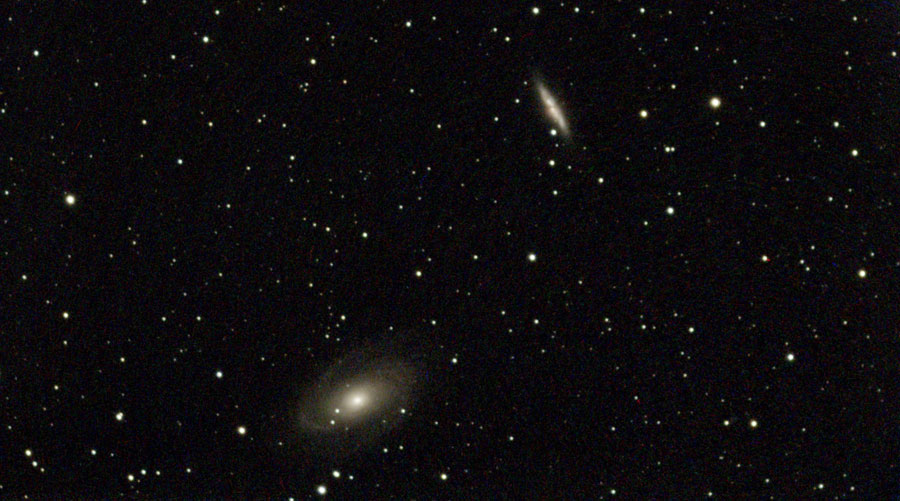 |
|
M 82, Aug 12, 2022 - original (5 frames = 50 seconds) |
M 81/82, Aug 12, 2022 - original (60 frames = 600 seconds) |
|
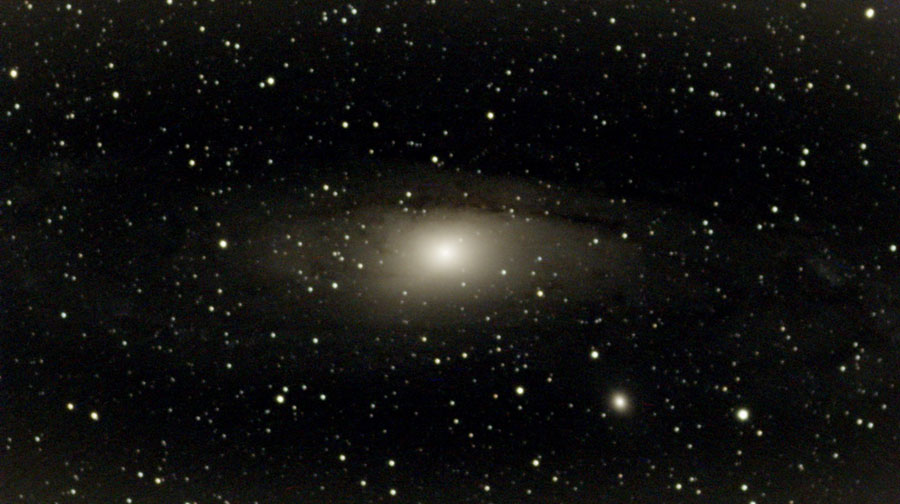 |
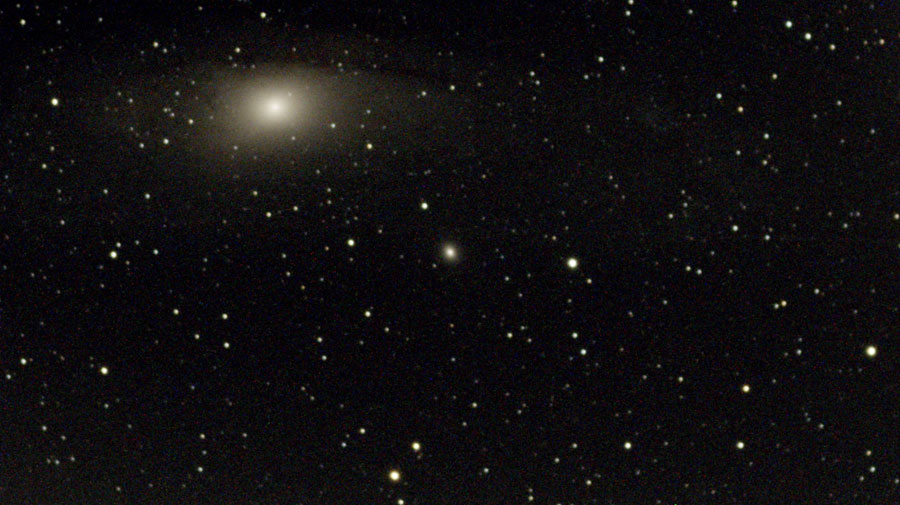 |
|
M 31, Aug 12, 2022 - original (71 frames = 710 seconds) |
M 32, Aug 12, 2022 - original (8 frames = 80 seconds) |
|
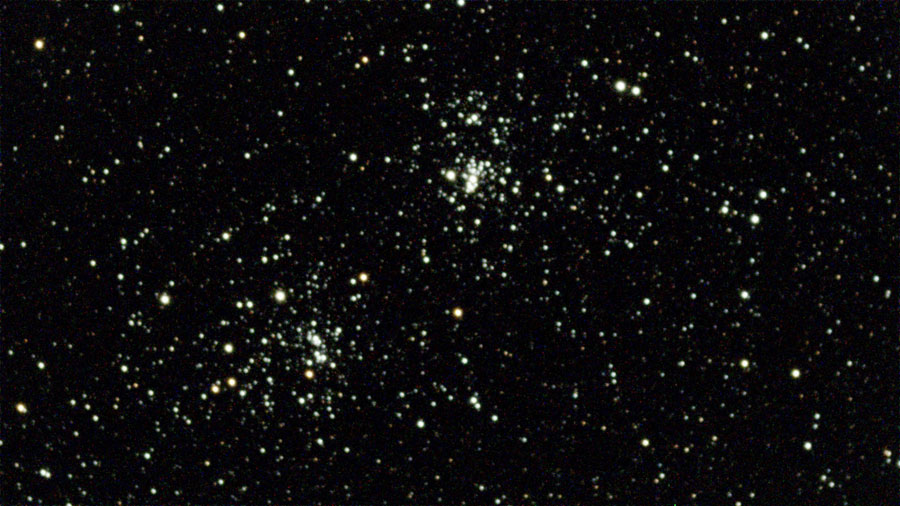 |
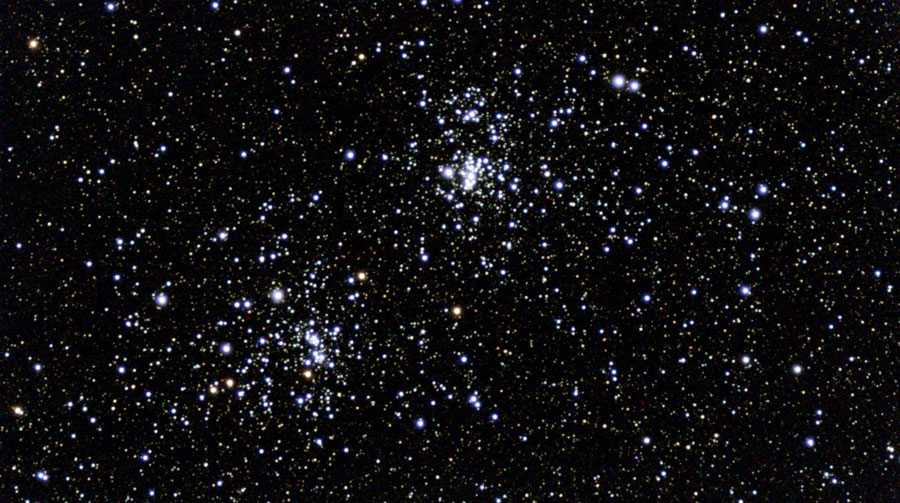 |
|
NGC 884/889, Aug 12, 2022 - original (4 frames = 40 seconds) |
NGC 884/889, Aug 12, 2022 - original (43 frames = 430 seconds); focus renewed |
|
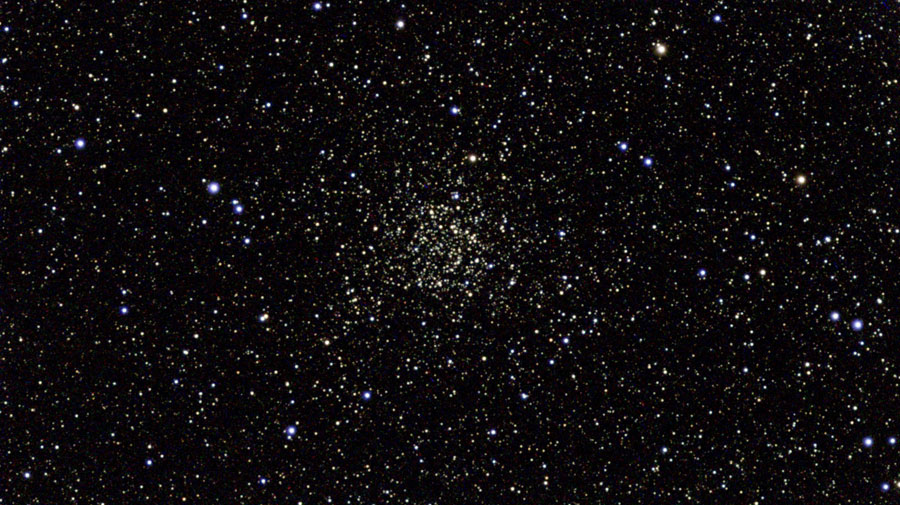 |
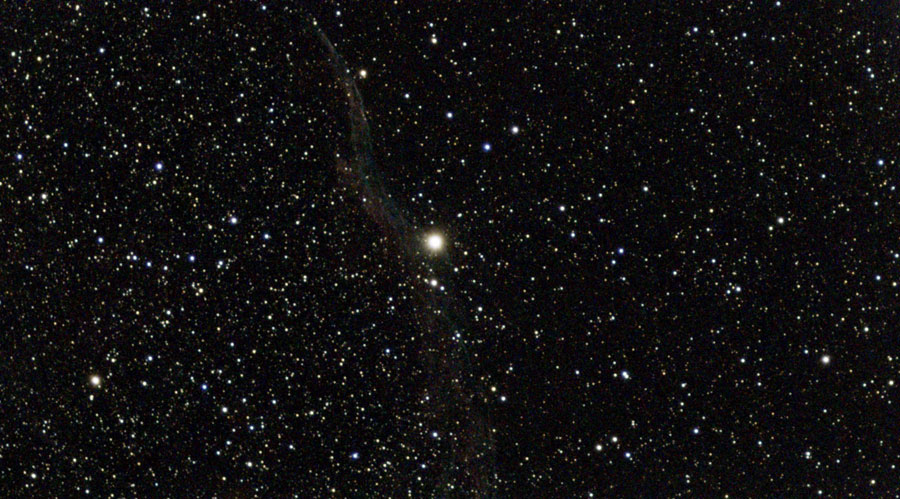 |
|
NGC 7789, Aug 12, 2022 - original (24 frames = 240 seconds); focus renewed |
NGC 6960, Aug 12, 2022 - original (45 frames = 450 seconds) |
|
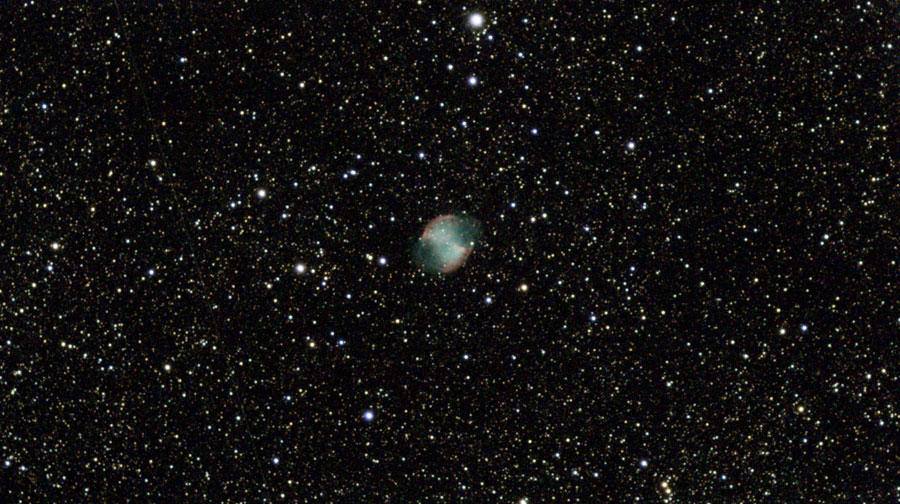 |
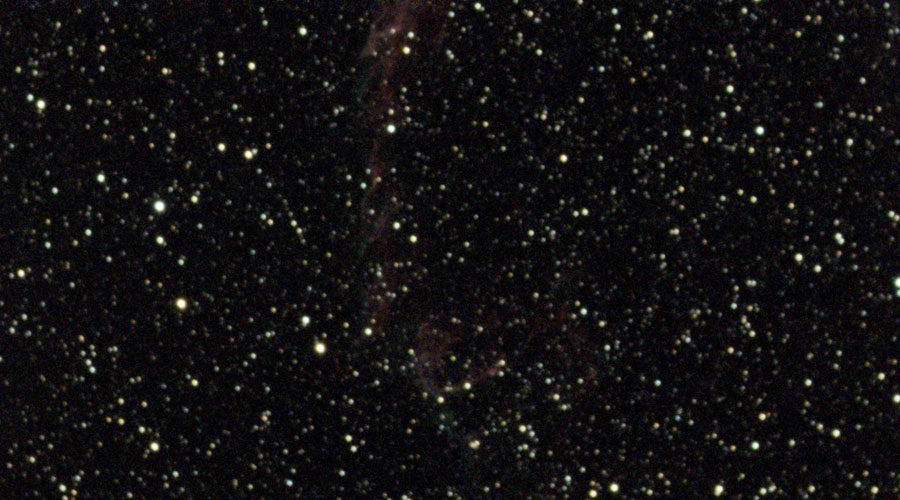 |
|
M 27, Aug 12, 2022 - original (45 frames = 450 seconds) |
NGC 6992, Aug 12, 2022 - original (26 frames = 260 seconds) |
|
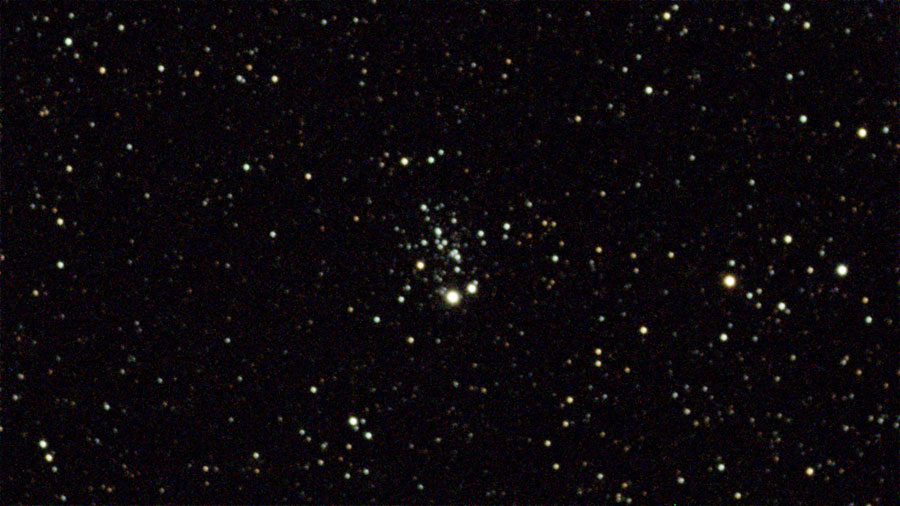 |
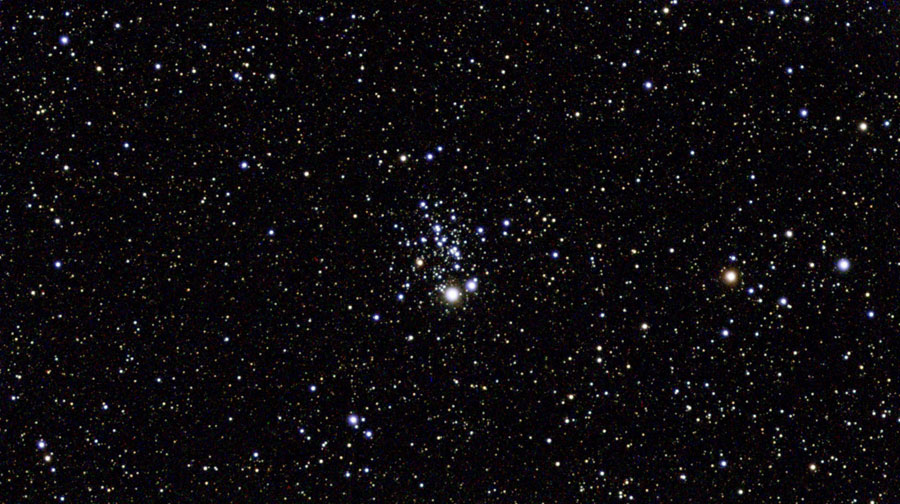 |
|
NGC 457, Aug 12, 2022 - original (2 frames = 20 seconds) |
NGC 457, Aug 12, 2022 - original (30 frames = 300 seconds); focus renewed |
Note: The frames/seconds were taken from the EXIF data.
Conclusions after the Observation Evenings in August (Erkerode)
The results were sometimes poor because the observed object was obscured, but also as a result of tracking problems (see Problems...); in both cases no photos were placed on the stack (sometimes only one...). For objects that I exposed longer, you can see the positive effect of the longer exposure (but not always...).
Problems...
This time, I had some problems with the Vespera. First, when observing M 16, I did not notice that the object was obscured. This can only be recognized by looking more closely at the sky with binoculars, for example - or by analyzing the FITS files. But to do this, they must first be transferred to one's own computer.
On the other hand I had tracking problems in two cases (M 29, M 39). In such a case no image got onto the image stack either, so the effect was not visible to me. Again, only viewing the FITS files later helped to find the cause of the problems, namely elongated stars (for whatever reason...).
First Usage Notes
Design contra Usage?
Use and design of a device are, of course, closely related. And at first glance, the clarity of the Vespara design is pleasing, and you think that this is how it would look like if Apple, not Vaonis, had designed the Vespera. Even the magnetic plug for the power supply is present (it has just returned on Apple laptops...). At a second glance, however, I sometimes have the impression that "form follows function" does not apply to the Vespera, but rather that design took precedence. Too many things stand out for me in practice that I do not like that much.
With 40 x 20 x 10 cm, the Vespera is pleasantly small. But its 5 kg do weigh enough to make the Vespera appear "heavy" to me. And not only "heavy", but also "difficult to grab". This is also due to the fact that the telescope tube swivels and is not locked in the home position. When I grab the Vespera to transport it, I always catch the swiveling tube. In the worst case, it can rotate and the Vespera can slip out of my hand and fall down. Fortunately, that has not happened yet, but I am a little afraid of that...
Power Button
Vaonis writes that you do not have to press the power button, but that a touch is enough to activate it. I can confirm that, but in a negative sense, because whenever I try to touch the Vespera, I inadvertently touch the power button and turn the device on. It may well be that I do not notice this, and the device sucks the battery dry (it probably shuts off after a certain amount of time when not in use).
Bubble Level
A "highlight" in the negative sense for me is also the bubble level, which you can connect magnetically to the socket for the power supply. Every time I touch the Vespera, I touch the bubble level inadvertently and it falls down. This will probably be the first part that I will lose.... Nice in a practical, if not in a design sense, would have been if Vaonis had added some sort of compartment for the bubble level in the case where you could store it safely and retrievably.
Tripod legs
I own the adjustable tripod. As with the regular tripod, the legs have to be screwed to a head. I always have a lot of trouble with this, as the thread pitch seems to be quite shallow and the thread very fine. Anyway, screwing on the tripod legs has been a hassle for me so far! And it has also happened to me that I had not screwed on a tripod leg properly....
Further
The Vespera moves quite slowly, but makes little noise!
Singularity App
The Singularity app that Vaonis provides for its Stellina and Vespera telescopes is more complex and confusing to me than version 1 of the Unistellar app (I have tried out version 2 of this app only briefly). But I still managed to get the shots I wanted with the app.
What bothered me the most at the beginning was that I was not able to enter search details to find specific objects. But that was because I had not yet found the corresponding icon on the "Where shall we go tonight?" page. However, if you select certain categories, such as galaxies, you no longer have a search function. Then you have to go through long lists for it, hoping that the object would appear eventually. The lists are also not logically sorted for me. Or I have not yet understood the logic behind it... In the meantime, I think I have understood it: In alphabetical order, objects that have a normal name are classified according to the name, all others according to their catalog designation. But there it does not go according to the numbers, but 1, 10, 100, ..., 2, 20, 200, and so on. And if by mistake the space between catalog abbreviation and number was forgotten in the catalog, as is ther case with NGC4559, then this object appears at the very end (here of the NGC objects). Curiously, however, Messier objects are listed without the space in between (e.g. M31).
The number of celestial objects provided is also very low compared to, say, the Unistellar apps, because every DSO gets a specific treatment. But as an input of coordinates (in J2000 format) is possible, at least theoretically, every DSO is available. I have, however, not tried out this function yet...
First Conclusions
I drew my first conclusion about the Vaonis Vespera only after a little more than half a year at the end of February 2023. Since it has become a bit longer, I would like to refer you to the page Vaonis Vespera - First Conclusions (after about half a year)!
Note: In June 2024, I sold my Vaonis Vespera smart telescope. I therefore cannot report any further experiences with it here. |
Links
- Vaonis: vaonis.com/fr (FR), vaonis.com (EN)
- Vespera Kickstarter-Kampagne: www.kickstarter.com/projects/vaonis/vespera-the-new-way-to-observe-the-universe/description
- Vespera/Stellina comparison page: vaonis.com/stellina-vs-vespera (EN)
- Vespera FAQ: support.vaonis.com/portal/en/kb/faq/vespera (EN)
- See also my page offering Astronomy Links.
Appendix: Comparisons
Below, I contrast some of the DSO photos that were taken on different days.
M 11 Comparison |
||
 |
 |
|
M 11, Jul 31, 2022 - original (5 frames = 50 seconds; before updating the autofocus) |
M 11, Jul 31, 2022 - original (18 frames = 180 seconds; after updating the autofocus) |
|
M 13 Comparison |
||
 |
 |
|
M 13, Jul 29, 2022 - original (20 frames = 200 seconds) |
M 13, Jul 30, 2022 - original (89 frames = 890 seconds) |
|
 |
 |
|
M 13, Jul 31, 2022 - original (60 frames = 600 seconds) |
M 13, Aug 6, 2022 - original (40 frames = 400 seconds) |
|
 |
 |
|
M 13, Aug 12, 2022 - original (30 frames = 300 seconds) |
M 16, Jul 29, 2022 - original (29 frames = 290 seconds; clouds) |
|
M 16 Comparison |
See the photos below! | |
 |
 |
|
M 16, Jul 31, 2022 - original (29 frames = 290 seconds) |
M 16, Aug 6, 2022 - original (35 frames = 350 seconds), new autofocus |
|
M 27 Comparison |
||
 |
 |
|
M 27, Jul 29, 2022 - original (29 frames = 290 seconds) |
M 27, Jul 31, 2022 - original (59 frames = 590 seconds) |
|
 |
 |
|
M 27, Aug 6, 2022 - original (23 frames = 230 seconds) |
M 27, Aug 12, 2022 - original (45 frames = 450 seconds) |
|
M 51 Comparison |
|
|
 |
 |
|
M 51, Jul 29, 2022 - original (59 frames = 590 seconds) |
M 51, Aug 4, 2022 - original (61 frames = 610 seconds) |
|
 |
||
M 51, Aug 7, 2022 - original (122 frames = 1220 seconds) |
||
M 101 Comparison |
||
 |
 |
|
M 101, Jul 29, 2022 - original (82 frames = 820 seconds) |
M 101, Aug 7, 2022 - original (191 frames = 1910 seconds) |
| 11.06.2024 |